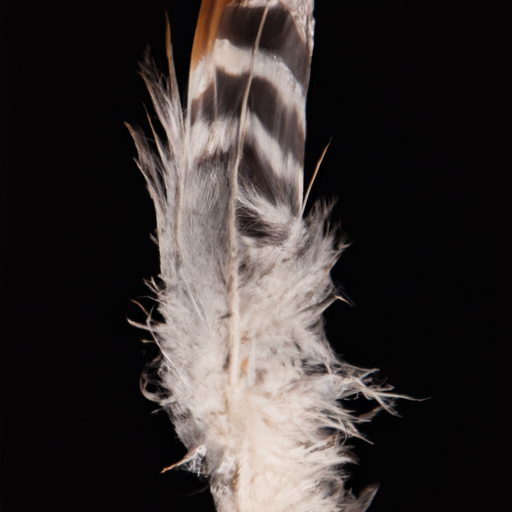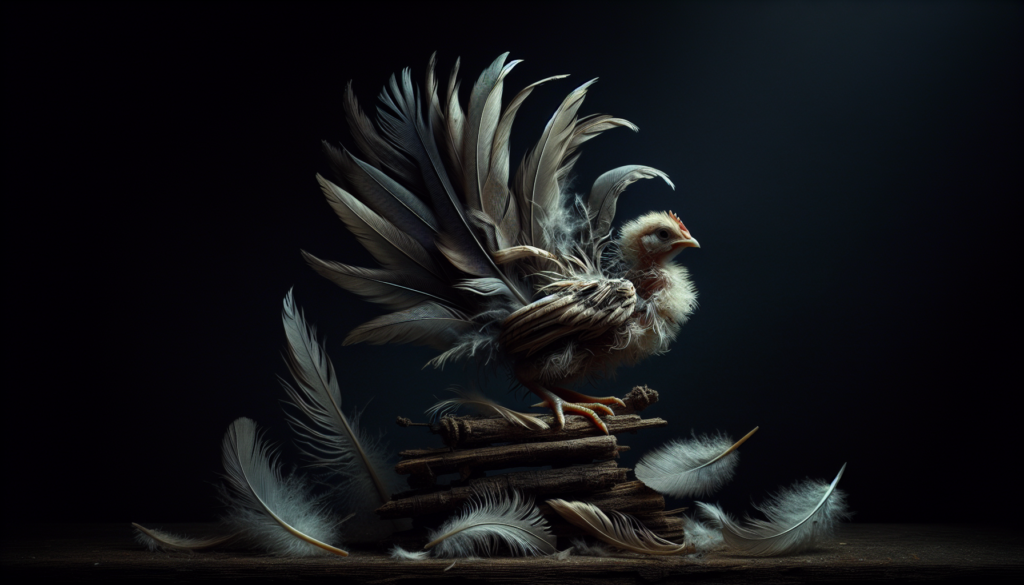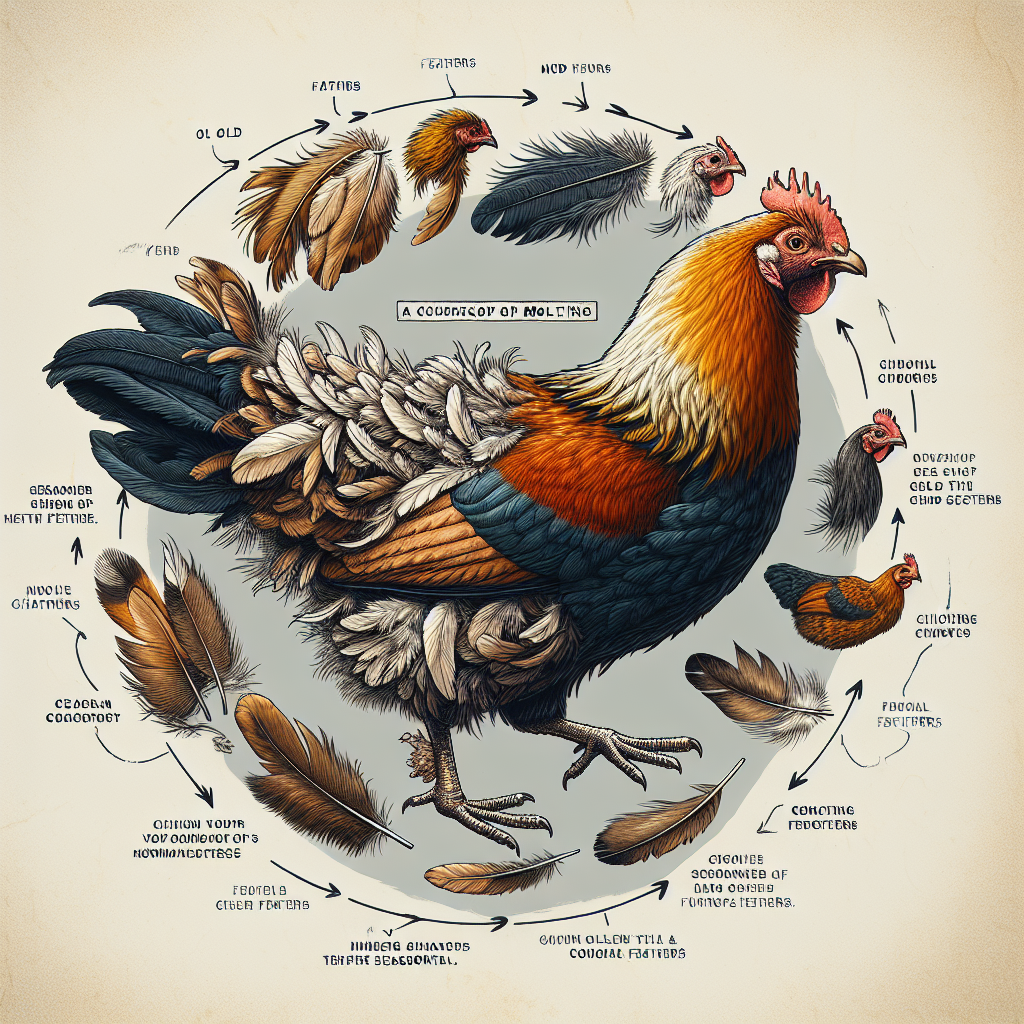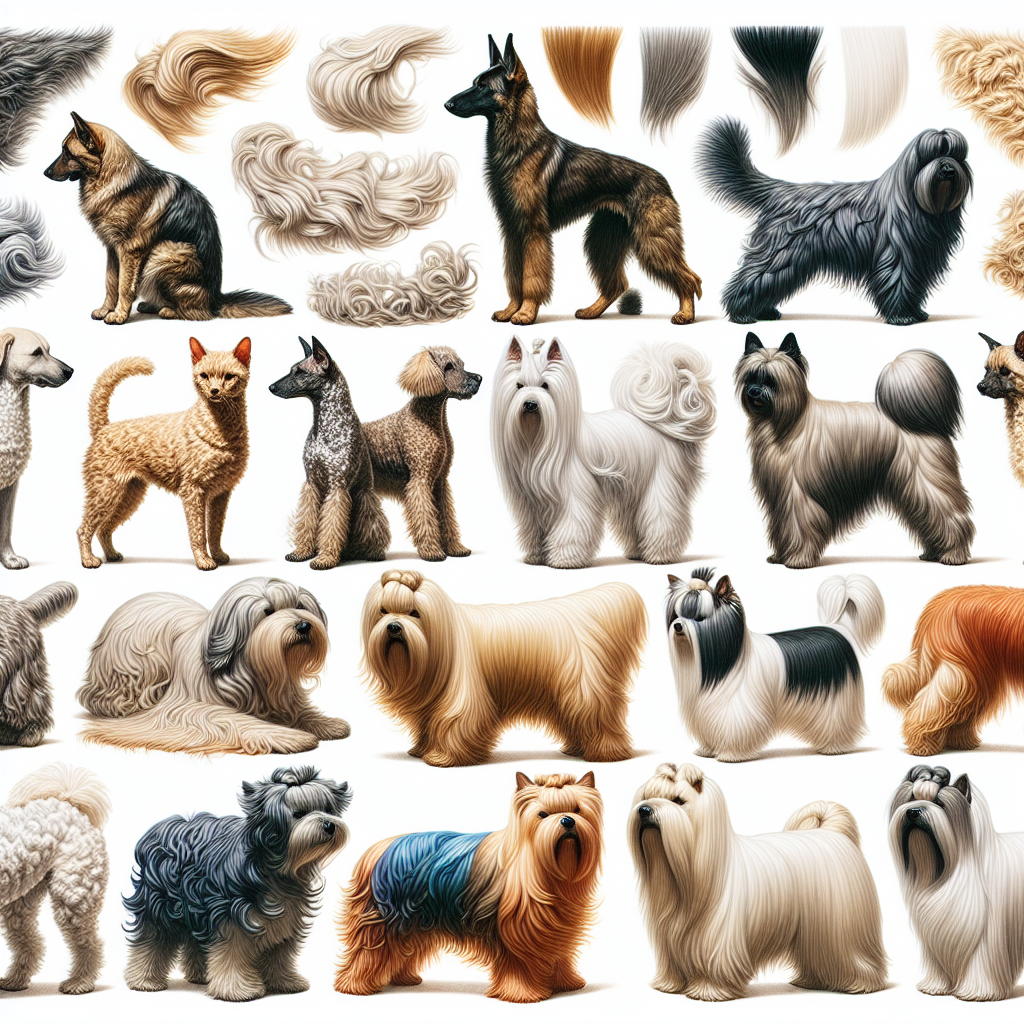So, you’ve started raising chickens and you’ve noticed some changes in their appearance. You’re wondering if your chicken is going through the molting process, but you’re not quite sure how to identify the signs. Well, fret not! In this article, we’ll explore the key indicators that can help you determine if your chicken is starting its molting process. From changes in feather quality to reduced egg production, we’ll cover it all. Get ready to become a pro at recognizing the natural cycle of molting in your feathered friends!
Physical signs of molting
Loss of feathers
During the molting process, one of the most prominent physical signs is the loss of feathers. As your chicken goes through this natural renewal process, you may notice an increase in feathers being shed. Feathers could be found in their coop, during dust bathing, or even on the ground where they spend time. This can be quite alarming at first, but rest assured that it is a normal part of their molting cycle.
New feather growth
While it may seem counterintuitive, the loss of feathers is actually a precursor to new feather growth. As your chicken molts, they shed their old feathers to make way for fresh, vibrant plumage. During this time, you may start to notice new feathers emerging from their skin, particularly around the head, neck, and tail. These new feathers may appear soft and downy at first, but they will gradually grow into fully developed feathers over time.
Change in appearance
As your chicken progresses through the molting process, you will likely notice a change in their overall appearance. The loss of feathers combined with the new feather growth can result in a slightly disheveled appearance. Don’t worry, though – this is only temporary! Once the molting process is complete, your chicken will regain their usual sleek and beautiful appearance.
Increase in dust bathing
Dust bathing is a natural behavior for chickens, but you may observe an increase in this activity during the molting period. Dust bathing helps chickens to keep their feathers clean and can provide some relief from the discomfort of molting. Your chicken may spend more time rolling and flapping in dry dirt or sand in an effort to alleviate itchiness or irritation caused by the molting process. Providing a dust bathing area with loose soil or sand can encourage this behavior and contribute to your chicken’s overall well-being during molting.
Behavioral changes
Decreased activity levels
One of the noticeable behavioral changes during molting is a decrease in activity levels. Molting can be physically demanding for chickens, and they often conserve their energy to focus on the process of feather regeneration. You may observe your chicken spending more time resting or simply appearing less energetic than usual. It’s important to provide them with a quiet and comfortable environment during this time, allowing them to conserve their energy and support their natural molting process.
Decreased egg production
Molting can have an impact on your chicken’s egg production. As they undergo the molting process, their body redirects its energy and resources towards feather regrowth, resulting in a decrease in egg laying. This is a natural response and is nothing to be concerned about. It’s essential to understand that molting is a temporary phase, and once it is complete, your chicken’s egg production will usually resume.
Increased aggression
Though not always the case, some chickens may display increased aggression during the molting period. This aggression can be directed towards other flock members or even towards humans who approach them. Molting can be stressful and uncomfortable for chickens, and increased aggression can be a defense mechanism they use to protect themselves. It’s important to approach your molting chicken with caution and be mindful of their behavior during this sensitive time.
Change in feeding patterns
Molting can also affect your chicken’s feeding patterns. Some chickens may experience a decrease in appetite during molting, while others may increase their food consumption. Monitor your chicken’s eating habits closely to ensure they are receiving adequate nutrition. Offering a balanced and nutritious diet, including protein-rich feed, can provide the necessary nutrients to support feather regeneration during molting.
Seasonal patterns of molting
Autumn molt
The autumn molt is the most common time for chickens to undergo molting. As the days shorten and the temperatures begin to drop, chickens naturally prepare for the upcoming winter months by shedding their old feathers and growing new ones. The autumn molt typically occurs between late summer and early fall, allowing chickens to have fresh feathers for insulation during colder weather. If you notice the signs of molting during this period, it is likely an autumn molt.
Spring molt
While less common than the autumn molt, some chickens may also experience a spring molt. The spring molt usually happens as the weather starts to warm up and daylight hours increase. This molt allows chickens to replace any damaged or worn-out feathers from the previous winter. If you observe the signs of molting during this time, it is likely a spring molt. It’s important to note that not all chickens molt twice a year, so don’t be alarmed if your chickens follow a different molting pattern.
Molting duration
Duration of molting process
The duration of the molting process can vary from chicken to chicken. On average, molting can last anywhere from a few weeks to a couple of months. The speed of feather regrowth and the time it takes for the old feathers to be completely replaced depends on various factors, including the chicken’s age, health, and breed. It’s important to be patient during this period as molting is a natural and necessary process for your chicken’s overall well-being.
Variability in molting duration
It’s crucial to remember that molting duration can vary among individual chickens. Some chickens may undergo a swift molting process, where feather regrowth happens relatively quickly. Others may experience a more extended molting period, resulting in a slower feather regrowth. Additionally, factors such as stress, nutritional deficiencies, and even changes in environmental conditions can influence the duration of molting. Providing a supportive and stress-free environment, along with a well-balanced diet, can help ensure a smooth and timely molt for your chicken.
Health considerations
Healthy vs. unhealthy molting
Molting is a natural process and, in most cases, an indication of a healthy chicken. However, it’s essential to distinguish between a healthy molt and an unhealthy one. A healthy molting chicken will exhibit steady feather regrowth, maintain a decent appetite, and have a generally alert and active demeanor. On the other hand, an unhealthy molt may involve significant feather loss, prolonged lethargy, loss of appetite, or other signs of illness. If you suspect that your chicken’s molt is not progressing as it should or if other concerning symptoms arise, it’s important to consult a veterinarian for proper evaluation and guidance.
Nutritional support during molting
Supporting your chicken’s nutritional needs during the molting process is crucial for a successful molt. Molting requires a higher intake of protein, as feathers are predominantly composed of proteins. Ensure that your chickens have access to a well-balanced diet that includes protein-rich feeds, such as soybean meal or fish meal, to support healthy feather regrowth. Additionally, providing supplements like poultry vitamins and minerals can help ensure your chicken receives all the necessary nutrients for a smooth molting period. Always consult with a poultry nutritionist or veterinarian for appropriate dietary recommendations tailored to your specific flock’s needs during molting.
In conclusion, molting is a natural and essential process for chickens to renew their feathers. By understanding the physical signs and behavioral changes associated with molting, along with the seasonal patterns and duration, you can ensure your chicken goes through a healthy molt. Providing a supportive environment, monitoring their nutritional needs, and seeking veterinary guidance when necessary, will contribute to a successful molting process and the overall well-being of your chickens.




